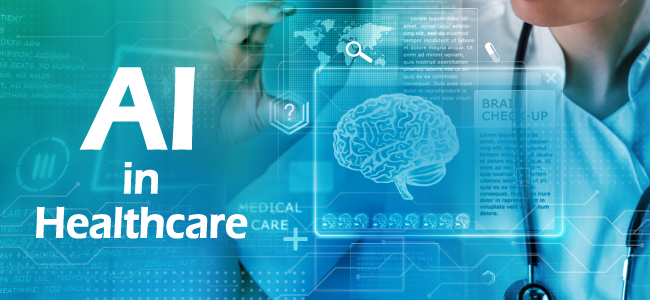When it comes to caregiving, the human touch is irreplaceable. With AI’s help, that might actually happen more often.
In 2017, the CDC estimated that the average wait time in a US emergency room was about 40 minutes, with more than 22 million visits requiring patients to wait for over an hour. While going to the emergency room is never fun — with long wait times, frustration and exhaustion becoming the norm — part of the issue stems from the fact that not all cases are true emergencies. Global pandemic aside, health care simply takes a lot of time and resources. It also scales with the quantity, quality and speed of the human personnel involved.
In a move that will perhaps be a prelude for bigger changes down the road, the FDA approved the first AI-augmented diagnostic system for diabetic retinopathy back in 2018. Thanks to the intelligence and competence built into the machine’s software, the system can be handled by any operator, eliminating the need for a dedicated and hard-to-find specialist.
Embedding more AI into machines makes a lot of sense for equipment manufacturers. The enhanced analytical capabilities and business advantages of integrating more AI into their products makes them hugely appealing to the health care industry, which is seeking to boost throughput, revenues, and improve the patient experience. But it also makes sense for all of us patients who can benefit from faster, more affordable, and easy-to-obtain diagnostics. It is not a surprise then that by many estimates, AI will be increasingly adopted in healthcare, especially for diagnosis, treatment, home care of patients, and the administrative activities consuming resources and occupying healthcare practitioners in tedious tasks.
For example, a study from the Journal of the National Cancer Institute has already proved that AI-powered breast cancer detection can compete with human radiologists. This opens up the door to widening the deployment of AI to more diseases to achieve faster and more accurate results for patients.
But this AI-powered efficiency boost does not need to be limited to hospitals. In a pandemic-plagued world, AI overcomes the inefficiencies of traditional machine vision to also help under-pressure Pharma manufacturers inspect vaccine vials, ensuring that no foreign contaminants (e.g., foil particles, dust) are present in the vials, and that the process meets stringent regulatory standards.
Similarly, deep learning (the branch of AI widely used today to replace traditional machine vision applications in factories) software can be used to inspect tube holders to ensure the correct number of test tubes is present, each slot is filled, and ultimately prevent costly reworking by human operators. Finally, sealing and cap alignments can be automatically checked with AI software to ensure product protection, and avoid contamination and waste.
A dear friend of mine, a medical doctor with whom I shared many sleepless nights during our AI PhD at Boston University, once remarked to me, “Listen, somebody will always need to be last at medical school!” This statement, beyond its alarming irony, builds a powerful case for AI. When it comes to our health, all the way from the research and manufacturing of drugs to the administration of exams and treatments, one wants the best machines, processes and products in place. This is not unlike the case for other industries such as automotive which have implemented very powerful and smart AI for self-driving cars. When our safety is on the line, we want to use the best technology for the job, period.
In the past few years, the potential for AI to replace healthcare workers has been not only overstated, but misstated. Whether helping to manufacture the best quality and safest drugs or lessening our wait in the emergency room, AI is here to boost our healthcare jobs at a time when we need all the help we can get.
Nobody will replace human intelligence, warmth and empathy when entering an emergency room. With AI’s help, humans might finally have the time to do just that.
This article was originally published here.

